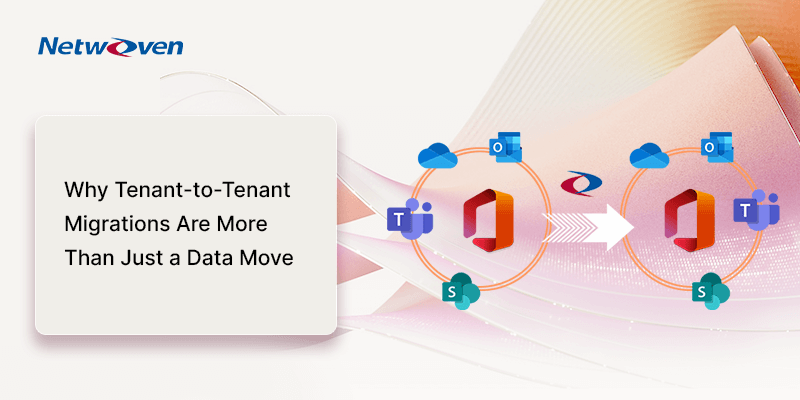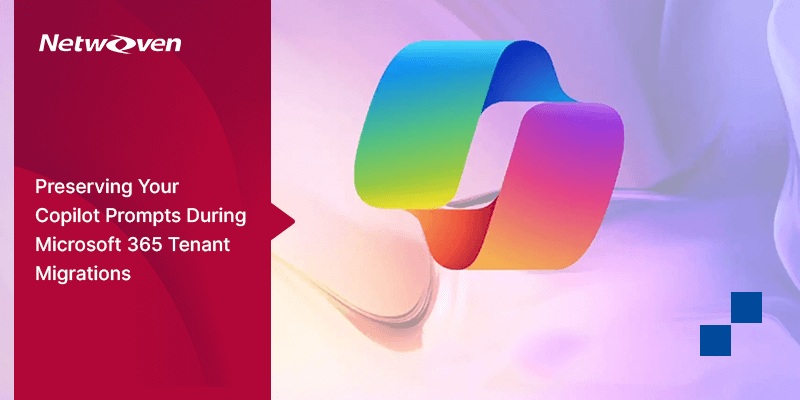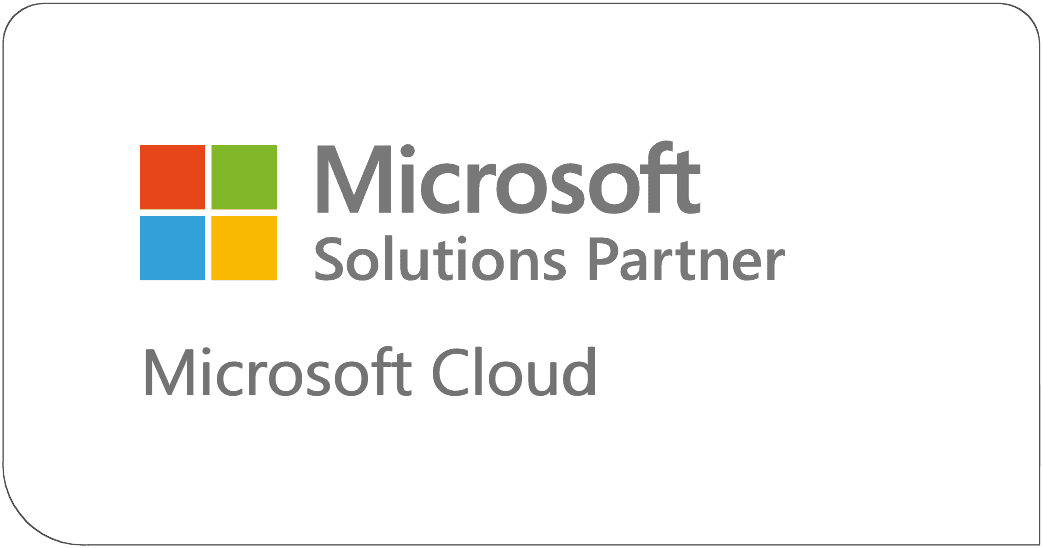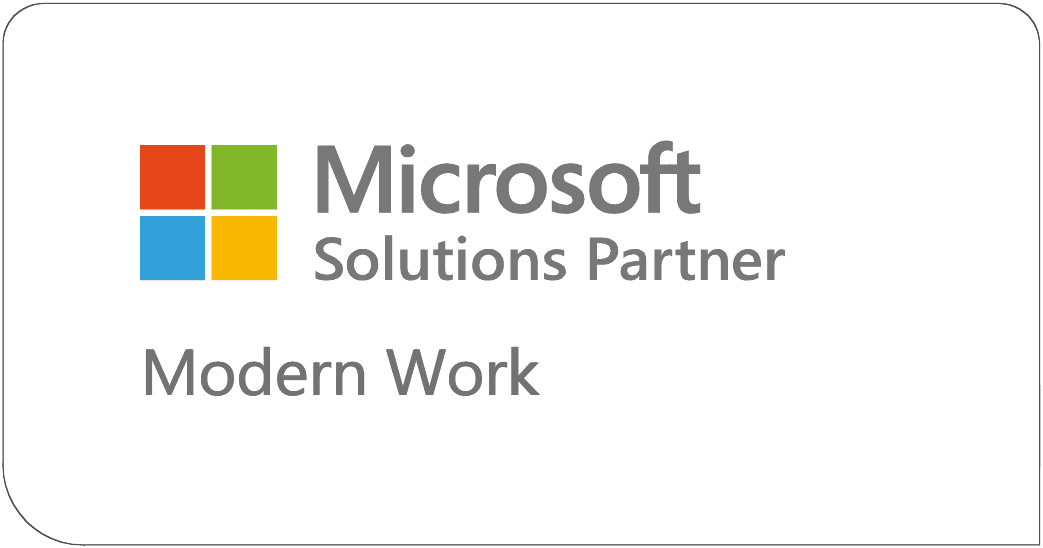Introduction
Imagine this: your company just finalized a major acquisition. The press release is out, the market is reacting, and leadership is eager to realize synergies. But behind the scenes, IT is scrambling.
The challenge? Two separate Microsoft 365 environments, each with its own users, apps, data, and governance policies.
And no clear plan to merge them.
According to Deloitte, 70% of M&A deals fail to deliver expected value, often due to poor integration planning. One of the most overlooked areas? IT tenant migration—especially in Microsoft 365, where identity, data, and collaboration are deeply intertwined.
Without a well-defined migration strategy, organizations risk:
- Operational delays
- Compliance violations
- User confusion and productivity loss
- Missed synergies and cost savings
Let’s explore why tenant migration planning is critical—and how its absence can derail even the most promising M&A deals.

1. M&A Success Depends on Seamless IT Integration
Why Microsoft 365 Tenant Consolidation Is a Strategic Priority
In most M&A scenarios, IT is tasked with enabling:
- Unified communication (Teams, Outlook)
- Shared document access (SharePoint, OneDrive)
- Consistent identity and access management
- Harmonized security and compliance policies
But without a migration strategy, these goals stall.
Users remain siloed in separate tenants, leading to:
- Duplicate meetings and calendars
- Fragmented Teams channels
- Conflicting access permissions
- Inconsistent branding and user experience
This not only frustrates employees—it undermines the very purpose of the merger: collaboration and efficiency.
2. Compliance Risks Multiply Without Governance Alignment
M&A Tenant Migrations Must Address Data Residency and Audit Trails
Regulated industries (finance, healthcare, legal) face strict requirements around:
- Data residency
- Retention policies
- eDiscovery and audit logs
- Role-based access controls
When two tenants merge, these policies must be reconciled. DIY or ad-hoc migrations often skip this step, leading to:
- Violations of GDPR, HIPAA, or SOX
- Loss of audit trails
- Exposure of sensitive data
- Legal and reputational consequences
A clear migration strategy ensures compliance is preserved, not compromised.
3. Power Platform and Custom Apps Break Without Planning
Business-Critical Workflows Are Tied to Tenant-Specific IDs
Many organizations use Power Apps, Power Automate, and custom integrations to run core processes. These apps are often:
- Bound to specific environments
- Linked to tenant-specific connectors
- Dependent on Azure AD identities
During M&A, if these dependencies aren’t mapped and migrated properly, apps break. This can disrupt:
- HR onboarding
- Finance approvals
- Customer service workflows
Rebuilding these apps post-migration is time-consuming and expensive. A proactive strategy avoids this risk.
4. User Experience Suffers Without Identity Planning
Poor UPN Mapping and Cutover Planning Lead to Chaos
One of the biggest pain points in tenant migration is identity management. Without proper planning, users face:
- Login issues
- Duplicate accounts
- Broken Outlook profiles
- Inaccessible Teams channels
This leads to confusion, frustration, and lost productivity-especially among executives and client-facing teams.
A well-planned migration includes:
- UPN mapping
- Cutover scheduling
- Communication plans
- Support readiness
5. Missed Synergies and Delayed Value Realization
M&A ROI Depends on Fast, Secure IT Consolidation
Every day of delay in IT integration is a day of lost synergy. Without a migration strategy, organizations face:
- Redundant licenses and costs
- Inconsistent reporting and analytics
- Delayed cross-functional collaboration
- Slower time-to-value
A strategic tenant migration plan accelerates:
- Unified reporting
- Shared workflows
- Cost optimization
- Cultural integration
Learn the five biggest risks of tenant migrations that every IT leader should prepare for.
Conclusion
Microsoft 365 tenant migration isn’t just an IT task-it’s a business enabler. In M&A, it’s the foundation for collaboration, compliance, and cost savings.
Yet too often, it’s treated as an afterthought.
CIOs and M&A Integration Leads must prioritize tenant migration planning from Day 1. The risks of delay or DIY are too high-and the rewards of doing it right are too valuable.























